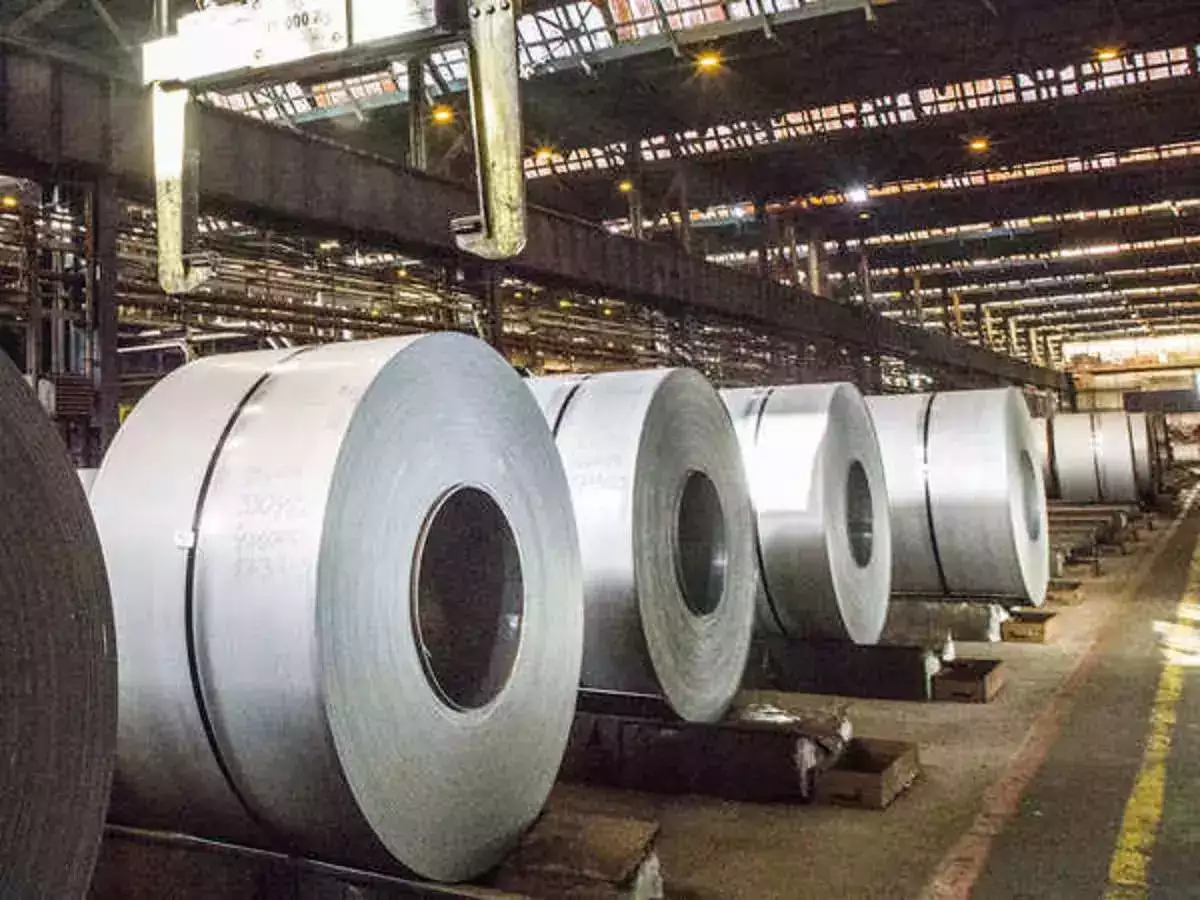
The judgment arrives amid ongoing debates over fiscal federalism and is seen as a pivotal move that could lead to increased production costs across several core sectors of the economy. "The ruling might elevate production costs, affecting miners' profitability and future investments," said Anshuman Bharati, a credit analyst, S&P Global Ratings. He further noted, "This in turn could reverberate to sectors that consume these materials, such as steel, aluminium, cement, oil and gas, and coal."
The uncertainty remains on whether all states will levy such taxes and at what rates, but the impact on mineral prices is expected to translate into higher costs for downstream industries and end consumers. The steel industry, in particular, could face severe repercussions. Currently, domestic steel prices are nearly equivalent to the cost of Chinese imports, and any further increase could push Indian companies into a tighter competitive spot.
Estimations by S&P Global Ratings suggest that a 15% tax on iron ore, if uniformly applied, could raise the per ton cost of steel by INR 1,500 (about USD 17.8). Such an increase could hinder the ability of steel companies to pass these costs onto their customers, potentially slowing down debt reduction efforts and curbing growth within the sector. "If the India-based steel companies can't pass on higher inputs due to higher mineral taxes, this would add further downside pressure on relatively weaker credit metrics across the sector," Bharati added.
The ruling also opens up the potential for retrospective taxes, which could lead to disputes and litigation, similar to the issues faced by the telecom sector in 2020 with adjusted gross revenue dues. The industry is closely watching for any updates on whether the Supreme Court will allow retrospective application of the taxes, which could compound the financial challenges for mining companies.
The outcome of this ruling is a crucial watchpoint for the mining sector, as it could deter future investments and reshape the competitive landscape of Indian industries reliant on mineral resources.
Disclaimer: The copyright of this article belongs to the original author. Reposting this article is solely for the purpose of information dissemination and does not constitute any investment advice. If there is any infringement, please contact us immediately. We will make corrections or deletions as necessary. Thank you.





